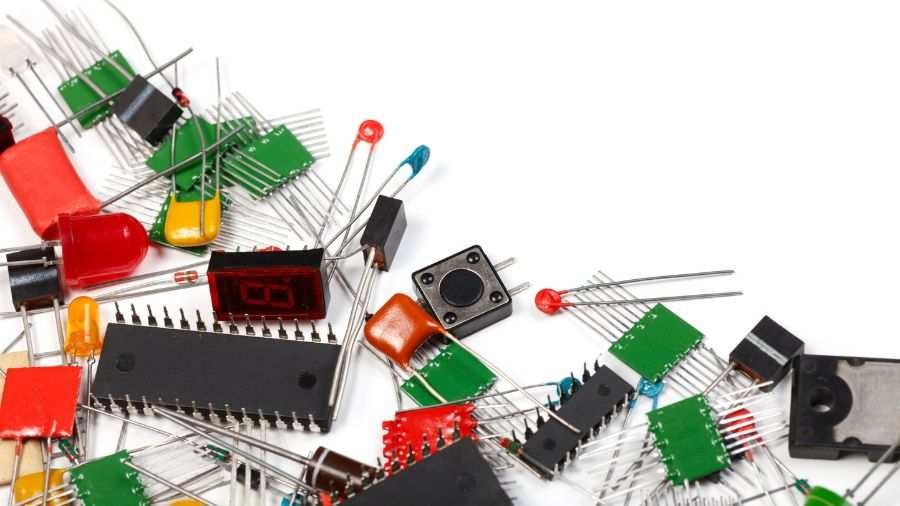Electronics Industry Sees Surge in Demand for Components Amid Global Shift
14 March, 2024

The global electronics industry is witnessing a significant increase in demand for electronic components, particularly semiconductors and integrated circuits. This surge is driven by various factors, including technological advancements, increased digitization across industries, and the expanding consumer electronics market.
The electronics industry faces rising demand for components amidst supply chain challenges. Yet, strategic collaborations and government support aid adaptation as businesses seek to capitalize on market opportunities.
Semiconductors, often called the "building blocks" of modern electronics, play a crucial role in powering various electronic devices, from smartphones and laptops to automotive systems and industrial machinery. The rising demand for semiconductors is fueled by the rapid proliferation of IoT (Internet of Things) devices, 5G connectivity, and ongoing digital transformations across sectors.
Integrated circuits, another vital component in electronic devices, are experiencing heightened demand due to their compact size, enhanced performance, and energy efficiency. As consumers demand more powerful yet energy-efficient electronic devices, manufacturers increasingly rely on integrated circuits to meet these requirements.
The surge in demand for electronic components and related products has also sparked a wave of innovation in the industry. Companies are investing heavily in research and development to create advanced electronic components that offer superior performance, reliability, and cost-effectiveness.
However, this unprecedented demand has also brought forth challenges for the electronics industry. Supply chain disruptions, exacerbated by the ongoing global semiconductor shortage, have led to production delays and increased lead times for electronic components. This shortage has impacted various industries, including automotive, consumer electronics, and telecommunications, prompting manufacturers to explore alternative solutions and diversify their supply chains.
Despite these challenges, the electronics industry remains resilient, with manufacturers adapting to evolving market dynamics. Strategic collaborations, partnerships, and investments in manufacturing capacity are helping companies mitigate the impact of supply chain disruptions and meet the growing demand for electronic components.
Moreover, governments and regulatory bodies are stepping in to address the semiconductor shortage and support the electronics industry. Initiatives such as financial incentives, subsidies for semiconductor manufacturing, and efforts to strengthen domestic semiconductor supply chains are underway in various countries to bolster the resilience of the electronics industry.
As the demand for electronic components continues to soar, businesses across sectors are reassessing their sourcing strategies and supply chain resilience. With the right partnerships and innovative solutions, companies can navigate the challenges posed by the semiconductor shortage and capitalize on the opportunities presented by the booming electronics market.
The surge in demand for electronic components, semiconductors, and integrated circuits reflects the rapid evolution of the electronics industry and its pivotal role in driving technological innovation and economic growth. By staying abreast of market trends, embracing innovation, and fostering strategic collaborations, businesses can thrive in the dynamic landscape of the electronics industry.
TAG(s):
